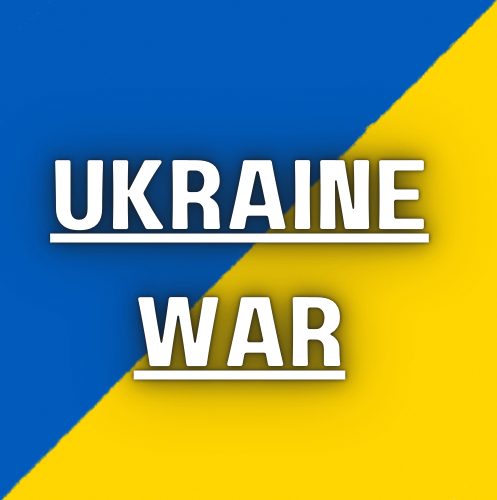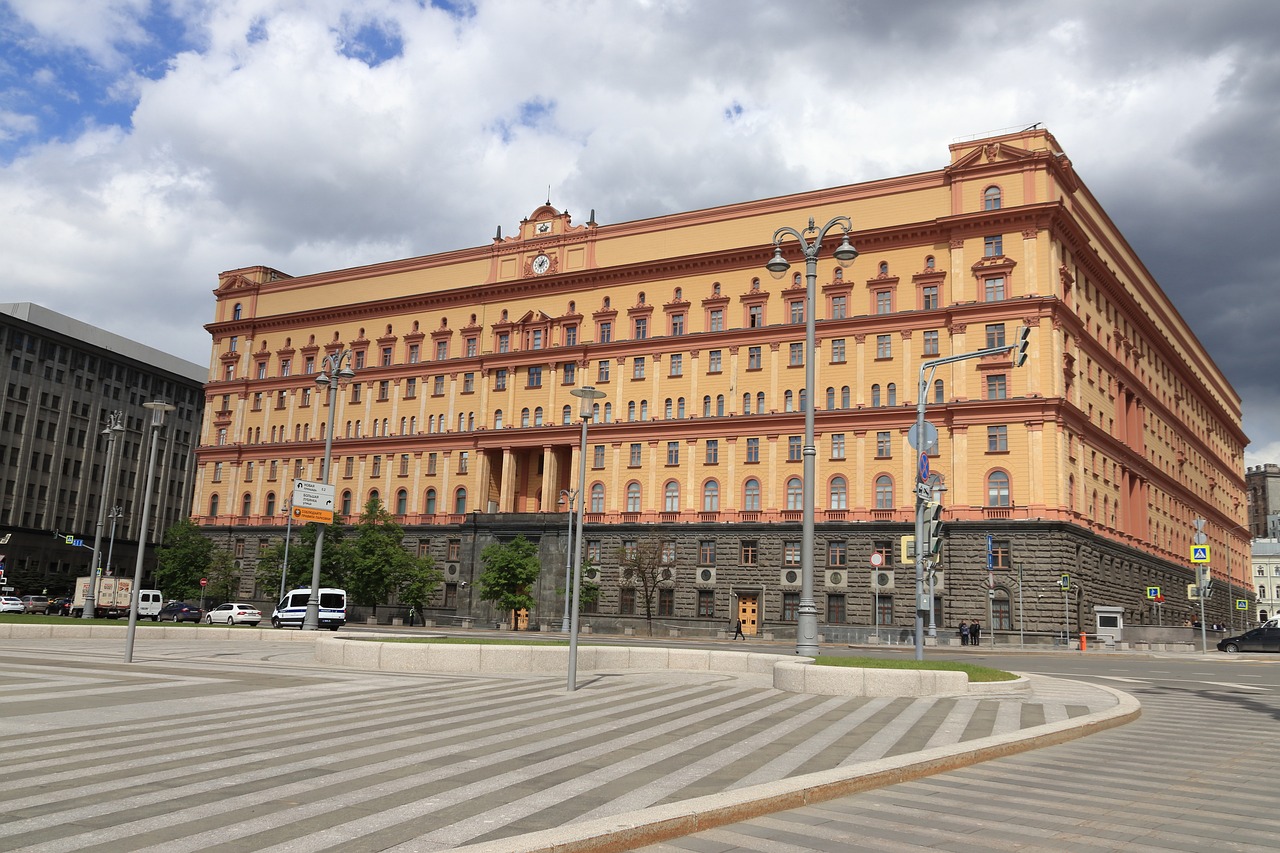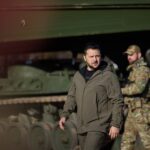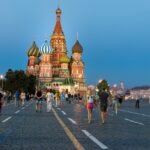The KGB (Komitet Gosudarstvennoy Bezopasnosti), translated as the Committee for State Security, was the Soviet Union’s premier intelligence and security agency from its founding in 1954 until its dissolution in 1991. It played a crucial role in both domestic security and foreign intelligence during the Cold War era. The history of the KGB is marked by its extensive surveillance, covert operations, espionage, and control over internal dissent within the Soviet Union. Below is an overview of the history of the KGB.
1. Early Roots:
The KGB traces its origins to the early revolutionary period in Soviet history, beginning with the formation of the Cheka (All-Russian Extraordinary Commission for Combating Counter-Revolution and Sabotage) in 1917, shortly after the Bolshevik Revolution. The Cheka, led by Felix Dzerzhinsky, was tasked with eliminating opposition to the Bolshevik government and became infamous for its ruthless methods, including arrests, executions, and repression of dissidents.
Over time, the Cheka evolved through several iterations:
• 1922: Cheka became the GPU (State Political Directorate).
• 1923: GPU was reorganized into the OGPU (Unified State Political Directorate) under the Council of People’s Commissars.
• 1934: OGPU merged into the NKVD (People’s Commissariat for Internal Affairs), which became notorious for its role in Stalin’s purges during the Great Terror of the 1930s.
The NKVD was responsible for mass arrests, deportations to the Gulag labor camps, and overseeing domestic intelligence. Its political police branch, the GUGB, played a vital role in suppressing opposition, particularly during Stalin’s reign.
2. Formation of the KGB (1954):
The KGB was formally created on March 13, 1954, following Stalin’s death and the subsequent power struggles within the Soviet leadership. It was established as a separate agency from the Ministry of Internal Affairs (MVD) to serve as the Soviet Union’s primary intelligence and security organization.
The KGB took over many of the functions previously performed by the MVD and its predecessors:
• Domestic surveillance and counterintelligence.
• Espionage abroad, with KGB operatives operating in embassies, consulates, and undercover abroad.
• Political repression, ensuring loyalty to the Communist Party.
The KGB was headquartered at Lubyanka Building in Moscow, which became synonymous with political repression and secret police activity.
3. The Role of the KGB During the Cold War:
The Cold War era (1947-1991) was the KGB’s most active and influential period. The KGB became a central figure in the competition between the Soviet Union and the United States, with the KGB engaging in extensive espionage, covert operations, and counterintelligence efforts.
Key Functions and Activities:
1. Foreign Espionage:
• The KGB was deeply involved in spying on Western powers, especially the United States and NATO countries. It infiltrated key Western institutions, seeking to steal military, scientific, and technological secrets. KGB agents targeted government officials, scientists, defense contractors, and corporations.
• Some famous KGB spy operations included the activities of Aldrich Ames and Robert Hanssen, American operatives who provided sensitive information to the Soviet Union.
2. Political Repression and Control:
• Inside the Soviet Union, the KGB played a critical role in suppressing dissent and controlling public opinion. It kept a tight grip on dissident movements, religious groups, and nationalistic tendencies within the Soviet republics. Prominent dissidents like Aleksandr Solzhenitsyn and Andrei Sakharov were monitored, exiled, or imprisoned by the KGB.
3. Active Measures:
• The KGB engaged in “active measures” (dezinformatsiya or disinformation) to influence foreign governments and media. This included spreading propaganda, forging documents, supporting pro-Soviet political movements abroad, and sowing discord in the West.
• KGB agents worked to disrupt alliances like NATO and weaken anti-Soviet movements across Europe, Africa, and Latin America.
4. Military and Industrial Espionage:
• A major task of the KGB was the theft of military and technological secrets from the West, particularly in the fields of nuclear weapons, aviation, and space technology. Soviet advancements in areas like the atomic bomb were partly due to KGB espionage activities.
5. Counterintelligence and Internal Security:
• The KGB was responsible for countering Western intelligence efforts. It worked to expose spies from agencies like the CIA and MI6 operating within the Soviet Union.
• It also monitored and controlled the Red Army, ensuring loyalty to the Communist Party.
4. Key Leaders of the KGB:
• Ivan Serov (1954–1958): The first head of the KGB, Serov oversaw the early days of the organization during a period of post-Stalin power struggles.
• Alexander Shelepin (1958–1961): Shelepin was responsible for intensifying KGB operations, particularly against dissidents.
• Yuri Andropov (1967–1982): One of the most significant KGB leaders, Andropov later became the General Secretary of the Communist Party. Under his leadership, the KGB expanded its global influence, increasing the sophistication of espionage activities.
• Vladimir Kryuchkov (1988–1991): The last head of the KGB before the collapse of the Soviet Union, Kryuchkov played a role in the 1991 attempted coup against Soviet leader Mikhail Gorbachev.
5. The KGB’s Role in the Collapse of the Soviet Union (1991):
As the Soviet Union began to decline in the 1980s, under Mikhail Gorbachev’s reforms of glasnost (openness) and perestroika (restructuring), the KGB’s power started to wane. Gorbachev’s more liberal policies challenged the KGB’s traditional role of repression and control.
In August 1991, senior KGB officials, including Vladimir Kryuchkov, participated in the August Coup against Gorbachev, attempting to restore the old Soviet order and stop the disintegration of the USSR. The coup failed, and within months, the Soviet Union collapsed, leading to the dissolution of the KGB in December 1991.
6. Legacy and Successor Organizations:
After the fall of the Soviet Union, the KGB was disbanded, and its functions were divided among several new Russian agencies. The two main successor organizations are:
• FSB (Federal Security Service): Responsible for domestic security and counterintelligence in post-Soviet Russia, effectively continuing many of the KGB’s internal security roles.
• SVR (Foreign Intelligence Service): Handles foreign intelligence operations, similar to the KGB’s foreign espionage branch.
Many former KGB officers went on to play influential roles in post-Soviet Russia. Vladimir Putin, one of the most famous ex-KGB officers, served as a KGB lieutenant colonel before entering politics. Putin’s rise to power, and his leadership style, are often seen as influenced by his time in the KGB.
Conclusion:
The KGB was one of the most formidable intelligence and security agencies of the 20th century, shaping the course of the Cold War and Soviet domestic policy. It played a central role in the suppression of dissent, espionage, and the broader Soviet effort to maintain its control both domestically and internationally. Its influence persists in post-Soviet Russia, particularly through agencies like the FSB, and its legacy is deeply embedded in the history of the Soviet Union and the Cold War world order.
Ukraine war understanding © 2024 by Naccache Louann is licensed under Creative Commons Attribution-NonCommercial-NoDerivatives 4.0 International



